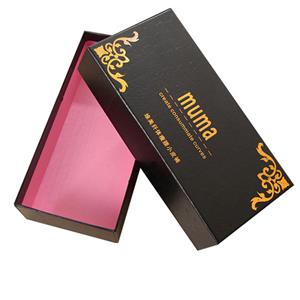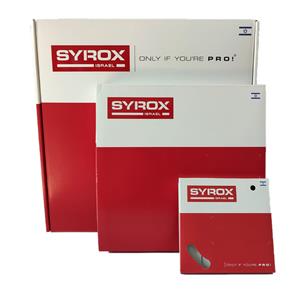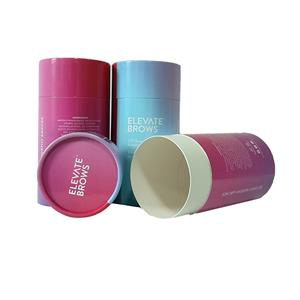What Is Offset Printing?
26-01-2020
What Is Offset Printing?
Offset printing belongs to lithographic printing. Lithographic printing is the most common printing technology in packaging printing. It has outstanding advantages in high-quality and high-efficiency printing, and a wide range of printing materials. Lithography is an indirect printing. The process of restoring graphics to the surface of the printing material is completed by the effect of the printing plate and blanket cylinder.
paper box with log printing

Due to the good elasticity of the blanket cylinder, printing plate wear is reduced accordingly, which is very helpful to improve printing accuracy and production efficiency. For example, it is easy to achieve a printing speed of 15,000 or even 18,000 sheets per hour for sheetfed offset presses. After adopting CTP (Computer Direct-to-Plate Technology), it is not uncommon for printing accuracy to reach 300 ~ 400 lines, and it has good adaptability to substrates with different surface structures, such as various special papers and art papers.
paper box with handle
Offset printing is divided into water (wetting liquid) offset printing and waterless offset printing. Water offset printing is what the industry calls, which uses the principle of oil (offset printing ink) and water (wetting liquid) being incompatible. Water is oleophobic, and the graphic part of the printing plate is oleophilic and hydrophobic. Using the principle of mutual exclusion of oil and water, the printing plate is first watered to make the blank part form a hydrophilic water-repellent water film; Partially attached to the ink, under the action of printing pressure, the graphics on the printing plate are transferred to the surface of the substrate through a blanket cylinder. Water-based offset printing is more common.

white paper box
Lithographic printing can be divided into: sheet printing and cylinder printing (also known as roll printing).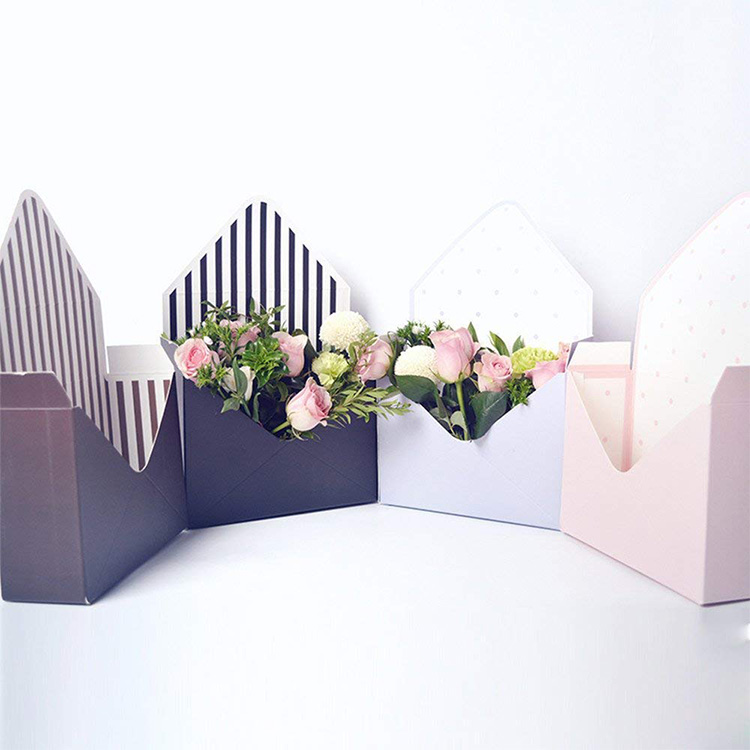
paper drawer box
Sheetfed printing: Sheetfed printers can only feed a single sheet of paper, and the graphics are also printed on a single sheet of paper or material. Sheetfed printing quality is slightly better than cylinder printing, but printing speed is slightly inferior to roll printing. Sheetfed presses are classified into three types: large, medium and small.
black paper box 
Small machine: The maximum printing size is 14 inches * 17 inches (about 35cm * 43cm), there are monochrome machines, two-color machines or business card printing machines, etc., usually used for short-run printing of a small number, such as business forms, notes, Document format and business card printing.

Medium-sized machine: The largest printing size is 49 inches * 74 inches (about 64cm * 96cm). These machines are the most widely used in the market, such as common folio, quadruple, six-open or eight-boot, and the printing quantity is usually 3000. It is suitable for commercial production of mass production such as four-color photo album.
Mainframe: The maximum printing size is 49 inches * 74 inches (about 125cm * 188cm). This type of machine is rare in the market. It is usually a full-on or ultra-wide format printing machine with a large number of prints and can reach five to eight colors. .
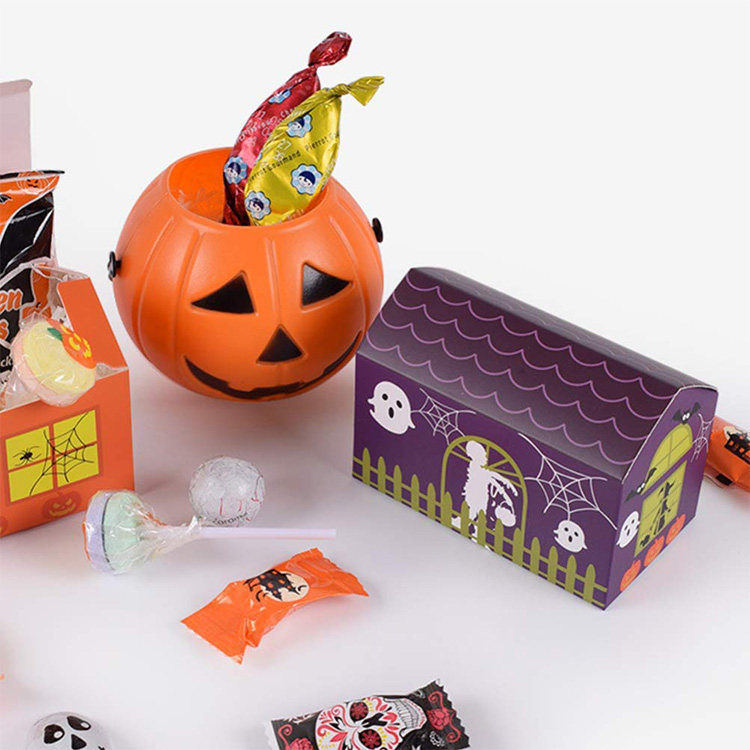
Drum printing: The paper feeding system of the drum printing machine is roll reduction, and the width of the printing material has different specifications. After the machine finishes printing, it is usually automatically cut to the required sheet size according to the design requirements. The cylinder printing speed is fast, suitable for mass production. As with sheetfed printing, cylinder printing is also divided into different types according to the width of the acceptable printing material. In general, narrow rolls can only be printed in single or two colors, while wide rolls can be printed at one time. Finish multiple colors or print on both sides.
Roll-formed paper can also be cut on a sheet-fed printing machine by a sheet-fed printing machine's cutting equipment.
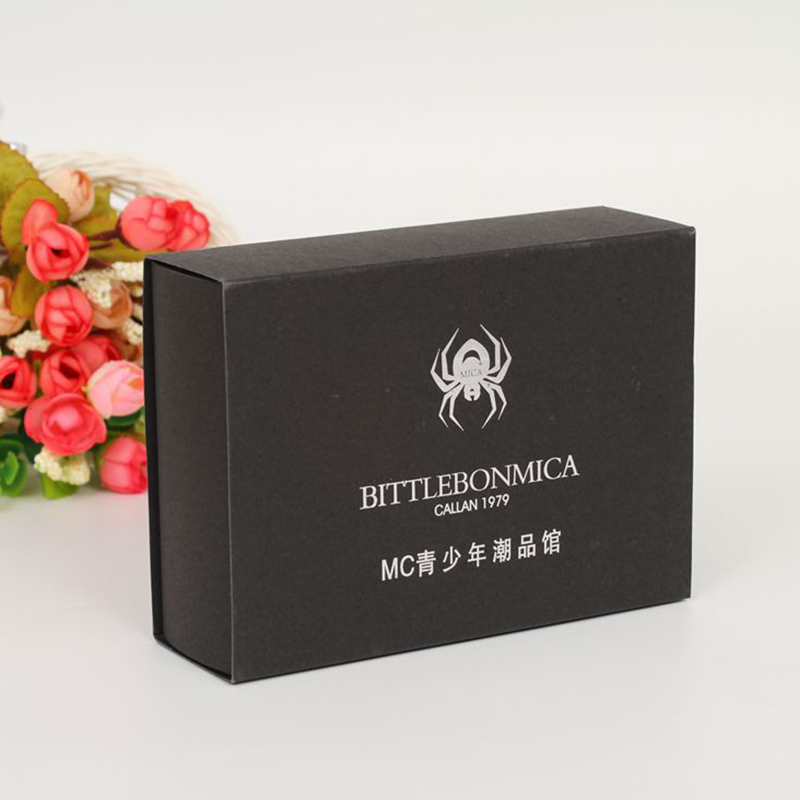
Offset printing technology has a high penetration rate, complete equipment, complete supporting facilities, and a solid market foundation. It is currently the most widely used printing technology in the world, especially in the field of paper printed matter. There are books and albums, publicity, single pages, packaging materials, letterhead mailers, decals, exquisite annual calendars and so on. Although gravure and flexo manufacturers are also involved because of their unique advantages, the market share of offset printing has always been the largest, and this pattern will remain in the foreseeable future.

Waterless offset printing has the advantages of easy operation, good image restoration, high product quality, and good for environmental protection. Silicone rubber printing plates, special inks and temperature control are known as the three major components of anhydrous offset printing. Waterless offset printing is not widely used in the market, mainly because there are certain disadvantages to this printing process technology. This is mainly due to the high cost of printing plates. Waterless offset printing uses a special silicone rubber-coated printing plate and special ink for printing. The printing plate is a flat gravure structure. Due to material reasons, the printing plate is easy to wear and tear. The printing plate has special materials and few domestic products. Will be high. Special inks also have many special requirements. Therefore, the overall cost is high. In addition, waterless offset printing requires strict temperature control, and different color inks have different color reproduction under different temperature conditions. Careful process control and technical control are required. Therefore, waterless offset printing is only suitable for low-speed and small-format printing, and the printing power is low.
Get the latest price? We'll respond as soon as possible(within 12 hours)









